 Unfortunately, chronic wasting disease (CWD) is continuing to slowly spread through the United States and Canada. It has now been confirmed that a mule deer died of CWD in Yellowstone Park last month.
Unfortunately, chronic wasting disease (CWD) is continuing to slowly spread through the United States and Canada. It has now been confirmed that a mule deer died of CWD in Yellowstone Park last month.
Chronic wasting disease has been slowly spreading in mule deer and elk in Wyoming since first detected in1985. It has been detected in 30 states so far!
CWD is a prion disease that can occcur in cervids (deer, elk, moose, reindeer) similar to "mad cow disease" (bovine spongiform encephalopathy) in cattle and Creutzfeldt-Jakob's disease in humans. It is an always fatal neurologic disease . There is no vaccine, treatment, or cure for the disease.
CWD should be of concern to all hunters or people who eat wild-caught game (deer, elk, moose, reindeer). So far no infections have been found in humans, but health officials urge hunters to test killed deer and elk for the disease, and to avoid eating meat from infected animals.
Excerpts from the National Park Service Nov. 15 news release: Mule deer tests positive for chronic wasting disease in Yellowstone National Park
Yellowstone National Park and the Wyoming Game and Fish Department (WGFD) recently confirmed the presence of chronic wasting disease (CWD) in the carcass of an adult mule deer buck found near Yellowstone Lake in the southeastern section of the park. This is the first confirmed positive detection of the disease in Yellowstone National Park. ...continue reading "Chronic Wasting Disease Now Detected in Yellowstone Park"

 Interesting, yet disturbing,
Interesting, yet disturbing, 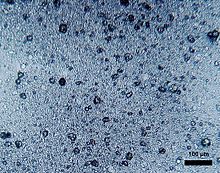
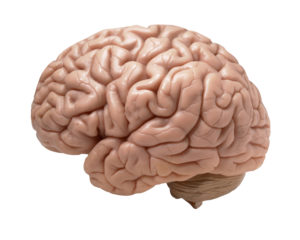 For years research has linked some pesticides and toxic chemicals with the development of Parkinson's disease. Recent
For years research has linked some pesticides and toxic chemicals with the development of Parkinson's disease. Recent  What you can do:
What you can do: Once again a study looked at pesticide exposure in humans and found health problems. This time
Once again a study looked at pesticide exposure in humans and found health problems. This time 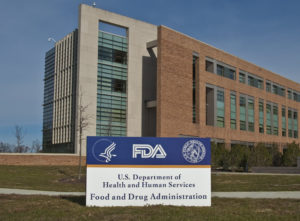

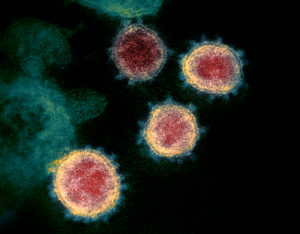
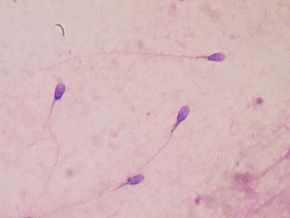
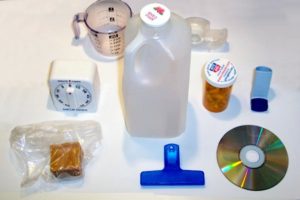
 Recently the NFL Players Association called for all 30 NFL stadiums to use natural grass rather than synthetic or artificial turf. The
Recently the NFL Players Association called for all 30 NFL stadiums to use natural grass rather than synthetic or artificial turf. The